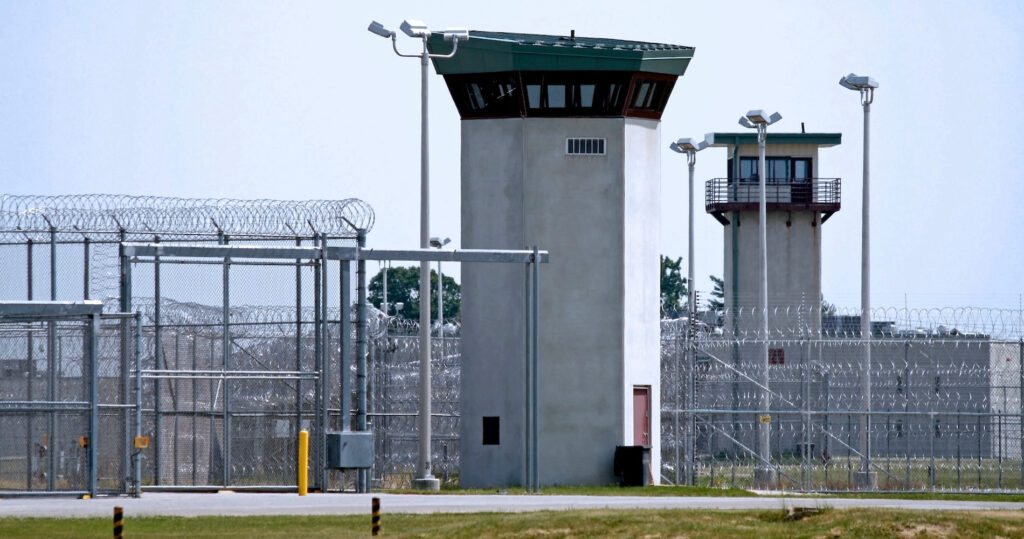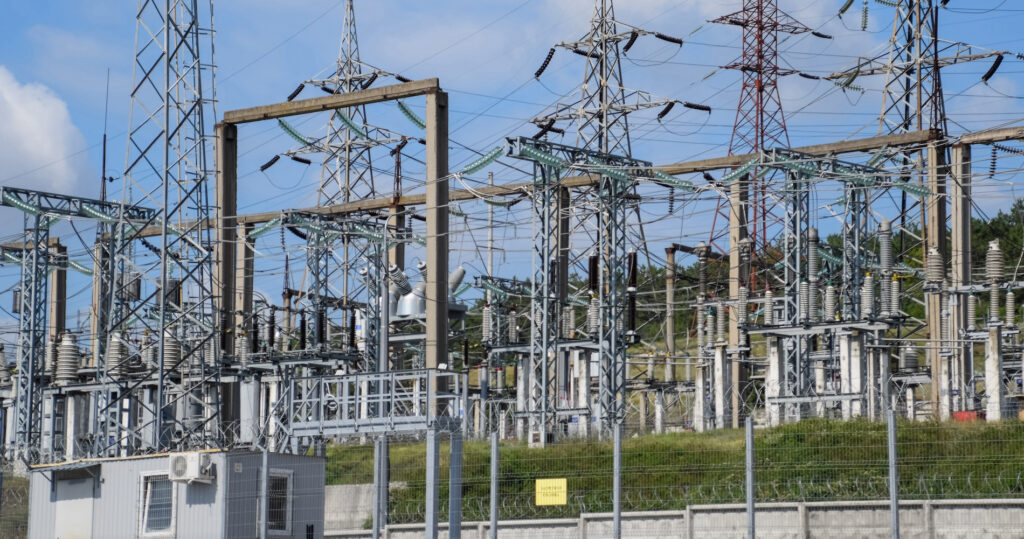Fiber SenSys Integrated Security Solutions
Fiber SenSys (FSI™) security solutions create lasting value for your business and customers because we employ the advantages of fiber optics and integrated security:
- Fiber-Optic security solutions are very difficult to defeat
- Fiber SenSys systems require little or no maintenance and have a demonstrated lifespan of nearly 20 years (many original processors are still in use today).
Fiber SenSys systems work in environments where other perimeter detection systems fail or have numerous false alarms. Learn more about our superior FSI software tools for tuning and calibration.
Industries We Serve
Fiber-Optic security solutions are resistant to environmental effects (EMI, RFI, wind, extreme temperatures, corrosion, lightning and other weather-related conditions).
Military

Fiber SenSys, Inc. has a rich history of successful military projects providing security solutions in support of force protection and critical resource sites for fixed and tactical installations worldwide.
Corrections

Correctional facilities are often located in remote areas where the required security systems are not affected by lightning. Perimeter security applications are built on fiber-optic intrusion detection systems complemented by microwave sensors are an efficient solution to consider for this important vertical market.
Transportation

Security is a dominant factor in transportation. Beyond the traditional challenges of theft and sabotage, terrorism is a concern. Fiber SenSys’ experience includes airports, rail and sea ports. Two factors define the needs in these applications: the sensor needs to thrive in very harsh environments, and high performance and reliability are expected.
Sub-Station & Electrical

The security of electrical substations impacts the reliability of the electrical grid in a city or town. Increasing frequency of attacks on electrical substations and the on-going threat of the terrorist/saboteur makes continual evaluation of substation security programs a necessity.
Oil, Gas & Petroleum

Fiber SenSys (FSI) is an approved vendor supplying many of the largest petrochemical companies in the world with perimeter security solutions. There is no electricity in our fiber-optic sensors to ignite vapors or fumes nor are the sensors affected by EMI, RFI, lightning or proximity to electrical cables.
Physical Data Security

The protection of information technology networks is a priority both within the private sector and branches of the U.S. Military at the Department of Defense (DOD). Ensuring that national security information is never compromised forms the basis for all network communications security initiatives.

